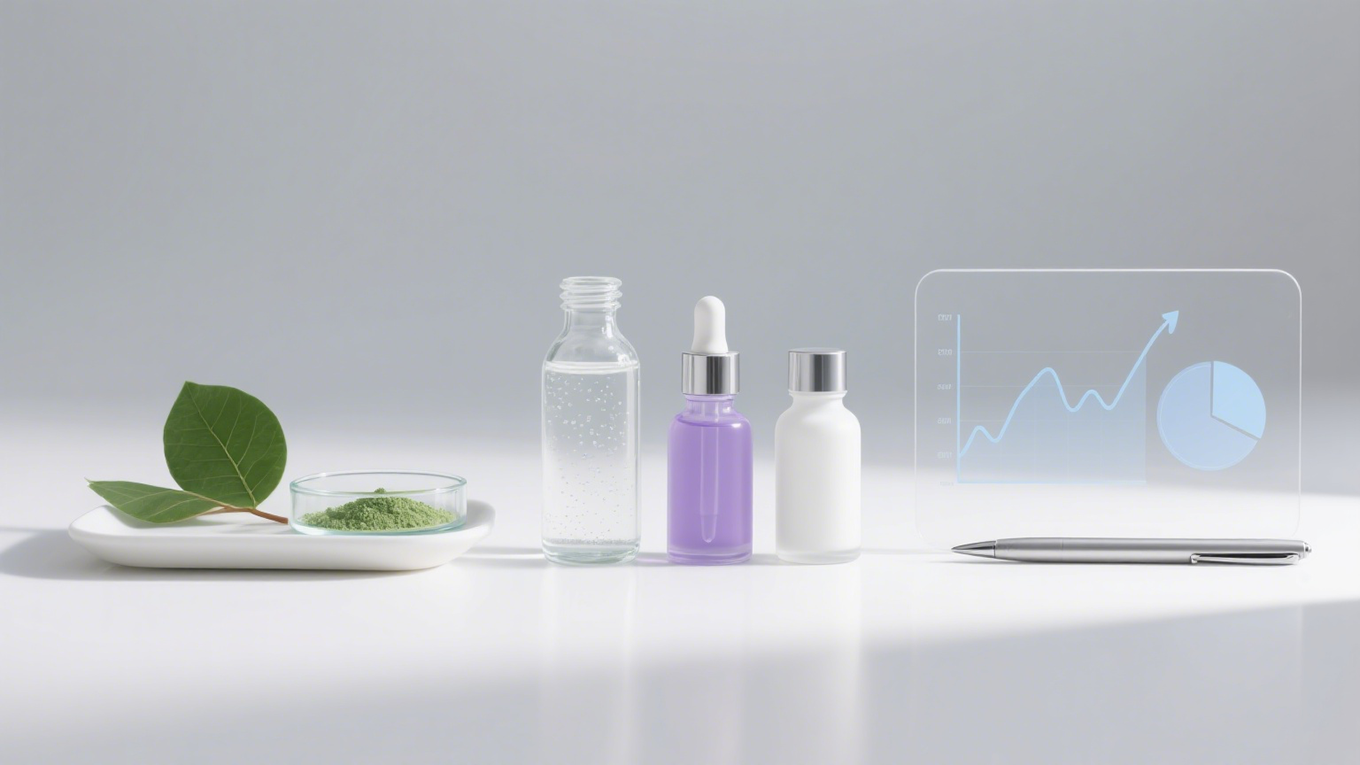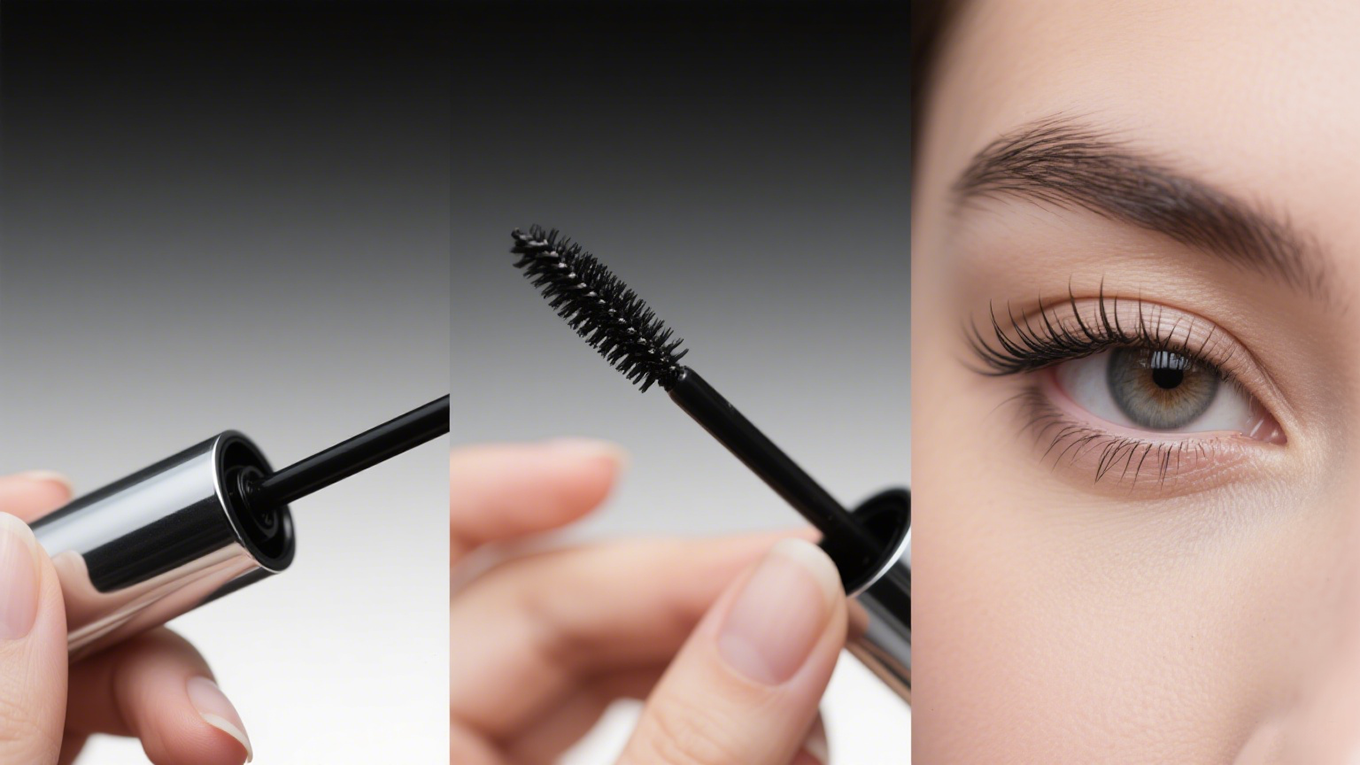In the modern beauty and personal care industry, surfactants are among the most indispensable ingredients. From shampoos and facial cleansers to body washes and even color cosmetics, surfactants play an essential role in product performance, texture, and consumer experience. For brands, formulators, and beauty enthusiasts, understanding surfactants is critical to making informed decisions about both product development and daily use.
At ZM Beauty Supply, we believe that education about cosmetic ingredients allows businesses and consumers alike to make smarter and safer choices. This guide provides a detailed exploration of cosmetic surfactants, including their main functions, different categories, application fields, and emerging market trends shaping the global beauty industry.
What Are Cosmetic Surfactants?
The word surfactant is short for surface-active agent. These molecules are unique because they contain both hydrophilic (water-attracting) and lipophilic (oil-attracting) groups. This dual nature allows surfactants to interact with both water and oil, reducing surface tension and enabling otherwise immiscible substances to mix.
In cosmetics, surfactants are used for:
- Cleansing: Removing dirt, oil, and makeup from the skin or hair.
- Foaming: Creating a lather that enhances the sensorial experience.
- Emulsifying: Helping water and oil blend into stable formulations like creams and lotions.
- Solubilizing: Dispersing small amounts of oils or active ingredients into water-based systems.
- Conditioning: Providing softness, smoothness, or anti-static effects.
Main Types of Cosmetic Surfactants
Surfactants are classified based on the electrical charge of their hydrophilic head group. Each type has unique properties that influence how it is used in formulations.
1. Anionic Surfactants
- Characteristics: Strong cleansing power and excellent foaming.
- Common Examples: Sodium lauryl sulfate (SLS), sodium laureth sulfate (SLES), cocamidopropyl betaine (when combined).
- Applications: Shampoos, facial cleansers, body washes.
- Pros: Effective dirt and oil removal.
- Cons: Can cause dryness or irritation if used in high concentrations.
2. Cationic Surfactants
- Characteristics: Positively charged, known for conditioning properties.
- Common Examples: Quaternary ammonium compounds (quats) like behentrimonium chloride.
- Applications: Conditioners, hair masks, detanglers.
- Pros: Smooth hair cuticles, reduce static, improve manageability.
- Cons: Poor foaming and cleansing ability, so often combined with other surfactants.
3. Nonionic Surfactants
- Characteristics: Neutral charge, mild, and less irritating.
- Common Examples: Polysorbates, fatty alcohol ethoxylates.
- Applications: Facial cleansers, baby products, emulsions.
- Pros: Gentle, stable over a wide pH range.
- Cons: Lower foaming compared to anionic surfactants.
4. Amphoteric Surfactants
- Characteristics: Can act as either anionic or cationic depending on pH.
- Common Examples: Cocamidopropyl betaine, sodium cocoamphoacetate.
- Applications: Shampoos, face washes, body cleansers.
- Pros: Mild and compatible with other surfactants, enhances foam stability.
- Cons: Relatively expensive compared to traditional surfactants.
Key Applications of Cosmetic Surfactants
1. Hair Care Products
Surfactants are vital in shampoos and conditioners. Anionic surfactants cleanse the scalp and hair by removing sebum and buildup, while cationic surfactants in conditioners help smooth and repair damaged hair fibers. Nonionic and amphoteric surfactants are often added to reduce irritation and enhance mildness.
2. Skin Care Products
From gentle facial cleansers to rich emulsified creams, surfactants help balance cleansing effectiveness with skin barrier protection. Nonionic and amphoteric surfactants are particularly popular in skincare for their mildness.
3. Body Washes and Shower Gels
Consumers often look for luxurious foam and rich lather in these products. Anionic surfactants deliver the cleansing effect, while amphoteric surfactants stabilize foam and improve skin feel after rinsing.
4. Decorative Cosmetics
In makeup products such as foundations, BB creams, and lipsticks, surfactants function as emulsifiers, ensuring even distribution of pigments and active ingredients for a smooth, consistent texture.
5. Specialty Applications
- Micellar Waters: Use mild surfactants to trap and remove impurities without rinsing.
- Sunscreens: Rely on emulsifiers to blend oil-based UV filters with water-based carriers.
- Baby Products: Prioritize nonionic and amphoteric surfactants for gentleness.
Market Trends in Cosmetic Surfactants
The global cosmetic surfactant market is evolving rapidly due to changing consumer demands and regulatory pressures.
- Rising Demand for Mild Surfactants Consumers increasingly seek sulfate-free and low-irritation formulas. This has boosted the use of amphoteric surfactants and natural alternatives.
- Natural and Bio-Based Ingredients Plant-derived surfactants such as decyl glucoside and coco-glucoside are gaining popularity. They are marketed as eco-friendly, biodegradable, and gentle on the skin.
- Sustainability and Clean Beauty Brands are focusing on reducing environmental impact by sourcing renewable raw materials and developing biodegradable surfactants.
- Multifunctional Surfactants Formulators prefer surfactants that can perform multiple roles—cleansing, conditioning, and emulsifying—helping to simplify formulations and reduce ingredient lists.
- Growth in Emerging Markets Asia-Pacific and Latin America are experiencing significant growth in personal care consumption, creating strong demand for both conventional and innovative surfactants.
Challenges in Using Surfactants
While surfactants are essential, they also pose challenges:
- Skin Sensitivity: Harsh surfactants like SLS can irritate sensitive skin.
- Environmental Impact: Non-biodegradable surfactants contribute to pollution.
- Regulatory Pressure: Growing scrutiny on safety and sustainability is pushing manufacturers to innovate cleaner alternatives.
Cosmetic surfactants are the backbone of modern personal care and beauty products. From their ability to cleanse, foam, emulsify, and condition, to their role in driving sensory appeal, they are fundamental in formulation science. However, as consumer preferences shift toward gentle, eco-friendly, and multifunctional ingredients, the surfactant market is undergoing significant transformation.
At ZM Beauty Supply, we are committed to staying at the forefront of these innovations by providing high-quality, safe, and effective cosmetic surfactants for global brands. Whether you are developing hair care, skincare, or decorative cosmetics, understanding the function and future of surfactants will ensure your products meet the demands of today’s evolving beauty landscape.



